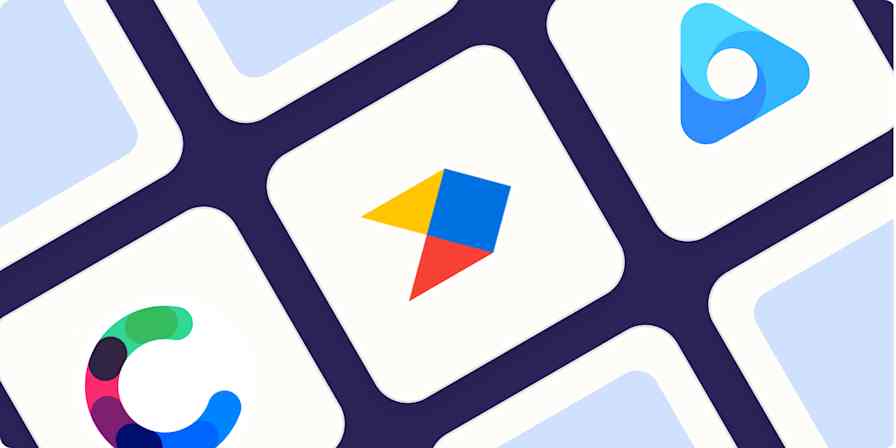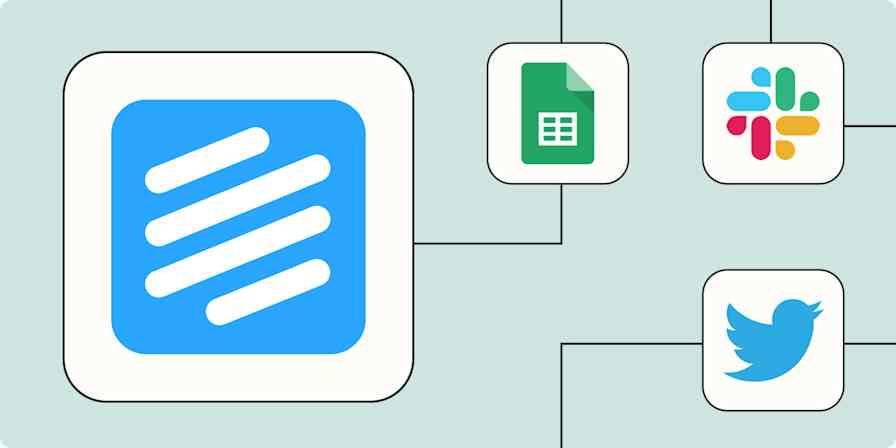Business tips
12 min read5 Myths About User Onboarding (and What You Should Be Doing Instead)
By Marissa Daily · April 9, 2015

Get productivity tips delivered straight to your inbox
We’ll email you 1-3 times per week—and never share your information.
Related articles
Improve your productivity automatically. Use Zapier to get your apps working together.








